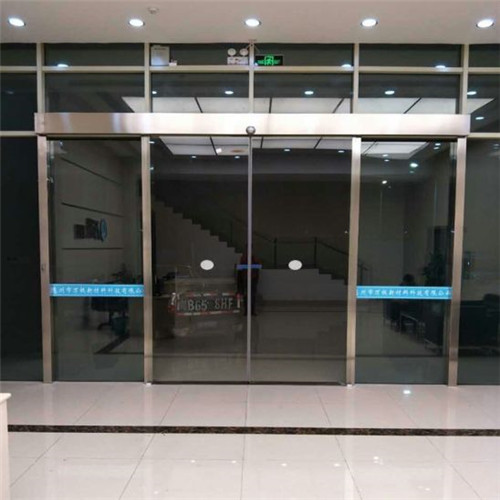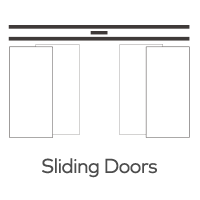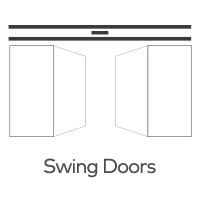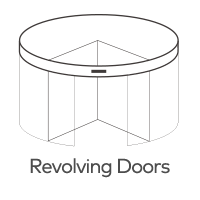What are the different types of glass door sensors available in the market?
Glass door sensors play a vital role in ensuring the security and safety of commercial and residential spaces. These sensors are designed to detect unauthorized entry, monitor access, and trigger alarms in case of any breach. With advancements in technology, there are several types of glass door sensors available in the market today. Understanding their features and functionalities can help you make an informed decision when choosing the most suitable sensor for your needs. In this article, we will explore the different types of glass door sensors available and their applications.

1. Vibration Sensors:
Vibration sensors, also known as seismic sensors, are commonly used for glass break detection. They are designed to detect the vibrations generated when glass is shattered or broken. These sensors are highly sensitive and can differentiate between normal environmental vibrations and those caused by a glass breakage event. Vibration sensors are ideal for locations where the glass is the primary point of entry, such as windows or glass doors.
2. Magnetic Contact Sensors:
Magnetic contact sensors consist of two components: a magnet and a magnetic switch. One component is installed on the glass door frame, while the other is placed on the door itself. When the door is closed, the magnet and switch are in proximity, and the circuit is closed. If the door is opened or tampered with, the magnetic field is disrupted, triggering an alarm. Magnetic contact sensors are reliable, cost-effective, and commonly used for monitoring glass entry doors or windows.
3. Photoelectric Beam Sensors:
Photoelectric beam sensors use a beam of infrared light to detect the presence or interruption of the beam caused by someone passing through the doorway. These sensors consist of two units: a transmitter and a receiver. The transmitter emits an invisible beam of light to the receiver. When an object, such as a person or an object, interrupts the beam, it triggers an alarm or activates the security system. Photoelectric beam sensors are often used for wide glass doors or large windows in commercial settings.
4. Pressure Sensors:
Pressure sensors, also known as pressure mats or floor pressure sensors, are installed beneath the floor or carpet near glass doors. These sensors are sensitive to pressure and can detect when someone steps on or applies pressure to the mat. When the pressure is detected, the sensor triggers an alarm or activates the security system. Pressure sensors are discreet and commonly used in areas where aesthetics are a priority or where the glass is not easily accessible.
5. Capacitance Sensors:
Capacitance sensors use changes in capacitance to detect the presence or absence of a person near the glass door. These sensors work by emitting an electromagnetic field and measuring the changes in capacitance caused by the presence of an individual. Capacitance sensors are suitable for glass doors with metal frames, as the metal frame enhances the sensor's performance. They are often used in high-security environments or areas where discreet monitoring is required.
Conclusion:
Glass door sensors are essential components of a comprehensive security system, providing detection and alert capabilities to protect your premises. By understanding the different types of glass door sensors available in the market, such as vibration sensors, magnetic contact sensors, photoelectric beam sensors, pressure sensors, and capacitance sensors, you can choose the most suitable option for your specific needs. Consider factors such as the location of the glass door, the level of security required, and aesthetic preferences when selecting the appropriate sensor. Installing the right glass door sensor will enhance the security of your property, providing you with peace of mind and a safer environment.







